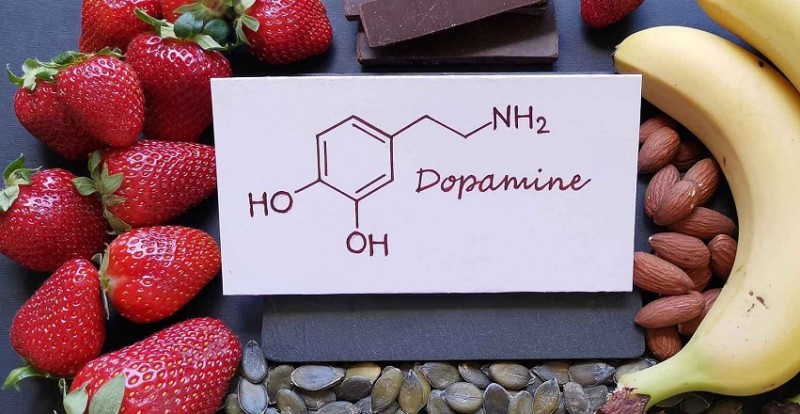
A groundbreaking study by the Chinese Academy of Sciences has shed new light on how dopamine, the “feel-good hormone,” is regulated in the brain. By uncovering the structure and function of the human dopamine transporter (DAT), researchers hope to pave the way for innovative treatments targeting dopamine-related disorders and addiction.
The team, led by scientists at the CAS Institute of Biophysics, used cryogenic electron microscopy to capture images of the dopamine transporter in three distinct conformations. This advanced imaging technique allowed the researchers to observe DAT in its unbound state, as well as bound to dopamine, ADHD medication (MPH), and dopamine-uptake inhibitors. The study, published in Nature on August 7, offers a comprehensive framework for understanding the complex mechanisms of dopamine regulation.
The Role of Dopamine in Brain Function
Dopamine is a neurotransmitter that plays a critical role in the brain's pleasure and reward systems. Synthesized in the midbrain, dopamine is released into the synaptic cleft—the space between neurons—where it activates dopamine receptors. This neurotransmitter influences not only feelings of pleasure but also motor function, memory, and learning.
DAT, a protein located in the presynaptic membrane of neurons, is responsible for regulating dopamine levels by transporting excess dopamine back into the neurons. This balance is crucial for maintaining a healthy central nervous system. Abnormalities in dopamine levels have been linked to a wide range of mental health conditions, including depression, bipolar disorder, ADHD, and Parkinson’s disease.
Understanding the Dopamine Transporter
Despite years of research, the detailed structure and function of DAT remained a mystery—until now. The Chinese study uncovered that DAT belongs to a family of sodium/solute isotropic transporter proteins and undergoes three conformational states: outward opening, closed, and inward opening. These transitions are driven by sodium and chloride ions.
The study's findings suggest that by better understanding how drugs bind to the different states of DAT, scientists can develop more targeted medications for mental health disorders and addiction, minimizing side effects.
Co-first author Li Yue, a researcher at the CAS Institute of Biophysics, explained: "By understanding how different drugs bind to different conformational states of DAT, the design of drugs can be more precisely guided to improve therapeutic efficacy and minimize unwanted side effects."
Dopamine and Addiction
One of the most significant implications of the study is its potential to inform new treatments for addiction, particularly to drugs like cocaine. Inhibiting DAT can lead to an increase in dopamine concentrations in the brain, which is the mechanism through which psychostimulant drugs, such as cocaine, exert their addictive effects. The team found that both cocaine and MPH, a common ADHD medication, bind to DAT in its outward-facing conformation, which stabilizes the transporter in a state that promotes dopamine buildup in the brain.
Interestingly, the study also revealed that dopamine-uptake inhibitors like GBR12909 and benztropine block DAT without causing the same addictive effects as cocaine. GBR12909, in particular, shows promise as a potential treatment for cocaine addiction by preventing cocaine from significantly elevating dopamine levels. However, previous clinical trials were halted due to uncertainties about how GBR12909 binds to DAT.
The researchers' latest findings clarify that while cocaine stabilizes DAT in its outward-facing state, GBR12909 stabilizes DAT in an inward-facing state. This difference in binding mechanisms offers insight into why GBR12909 might reduce cocaine's addictive effects and opens the door for renewed interest in this compound as a treatment for substance abuse.
A New Frontier in Mental Health Treatment
This Chinese study represents a significant advancement in our understanding of how dopamine regulation influences mental health and addiction. With new insights into the structural and functional properties of DAT, researchers are hopeful that these findings will lead to the development of more effective treatments for disorders such as ADHD, depression, and cocaine addiction.
As the research community continues to unravel the complexities of dopamine transport, the potential for transformative therapies is on the horizon. This study not only opens the door for new medical interventions but also provides a deeper understanding of how the brain’s reward systems operate—a crucial step in combating addiction and mental health disorders.
European Traveler Quarantined in Thailand Amid Suspected Mpox Outbreak
Identify The Warning Signs Your Body Needs More Vitamin D
Can Coconut Oil Combat Mouth Cancer? Here’s What You Should Know